 2005 Peugeot 307 (facelift 2005) Dimensions, Size & Specs
2005 Peugeot 307 (facelift 2005) Dimensions, Size & SpecsMeasurements of the 2005 Peugeot 307, engineered for optimal performance and comfort
| Dimensions | |
|---|---|
| Length: | 4212 mm165.8 in13.8 ft |
| Width: | 1746 mm68.7 in5.7 ft |
| Height: | 1510 mm59.4 in5.0 ft |
| Ground Clearance: | 120 mm4.7 in0.4 ft |
| Trunk Capacity: | 341 liter12.0 cu ft |
| Trunk Capacity (Max): | 1328 liter46.9 cu ft |
| Weight Specifications | |
| Curb Weight: | 1158-1352 kg2553-2981 lbs |
| Maximal permitted Weight: | 1650-1850 kg3638-4079 lbs |
| Tire Specifications | |
| Rims Sizes: |
|
| Tire Sizes: |
|
The Peugeot 307 facelift introduced in 2005 and produced until 2008 is a versatile compact hatchback designed for urban and suburban driving. Measuring 4212 mm (165.9 inches) in length, 1746 mm (68.7 inches) in width, and 1510 mm (59.4 inches) in height, the 307 offers a well-balanced footprint that comfortably fits in tight parking spaces while providing ample interior room. Its curb weight ranges from 1158 kg to 1352 kg (2554 to 2980 lbs), depending on trim and equipment, with a maximum permissible weight between 1650 kg and 1850 kg (3638 to 4080 lbs), making it nimble yet sturdy on various road conditions.
The car’s ground clearance is 120 mm (4.7 inches), suitable for city roads and light uneven surfaces, while available rim sizes range from 15 to 17 inches and tire options include 195/65 R15, 205/55 R16 V, and 205/50 R17 V, providing drivers with a choice between comfort and sportier handling characteristics. One of the Peugeot 307 facelift’s standout features is its practical luggage capacity: with rear seats in place, it offers 341 liters (12 cubic feet) of boot space, which expands impressively to 1328 liters (46.9 cubic feet) when rear seats are folded down, accommodating all kinds of cargo.
This generation of the Peugeot 307 maintains a stylish yet functional hatchback profile with improved front and rear design elements from the facelift, offering modernized aesthetics alongside its practical dimensions. Ideal for small families, daily commuters, and those seeking a compact car with flexible storage, the 307 facelift (2005-2008) successfully blends space efficiency, driving ease, and French automotive charm.
Discover the standout features that make the 2005 Peugeot 307 a leader in its class
Have a question? Please check our knowledgebase first.
The Peugeot 307 facelift produced between 2005 and 2008 measures 4212 mm (165.9 inches) in length, 1746 mm (68.7 inches) in width, and 1510 mm (59.4 inches) in height. These dimensions position it firmly in the compact hatchback segment, offering a balance of maneuverability and interior space. The car's relatively moderate width and height contribute to good urban drivability while providing enough cabin room for passengers.
The curb weight of the Peugeot 307 facelift ranges from 1158 kg to 1352 kg (2554 to 2980 lbs). The variation depends on factors such as trim level, engine choice, and optional equipment. This weight range allows for a good balance between fuel efficiency and driving dynamics, ensuring the car remains agile yet stable on the road. Heavier versions typically have more features and potentially larger engines.
The Peugeot 307 facelift provides 341 liters (12.0 cubic feet) of luggage capacity with the rear seats in their upright position. When the rear seats are folded down, the luggage capacity significantly expands to 1328 liters (46.9 cubic feet). This flexibility makes the 307 suitable for everyday commuting as well as longer trips requiring extra cargo space.
The Peugeot 307 facelift has a ground clearance of 120 mm (4.7 inches). This moderate clearance is typical for compact hatchbacks, offering a comfortable ride on paved roads while allowing the car to handle minor road imperfections and speed bumps without issues. However, it is not suited for rough off-road conditions or deep snow.
Yes, the Peugeot 307 facelift, with its length of 4212 mm (165.9 inches) and width of 1746 mm (68.7 inches), generally fits comfortably within the dimensions of a standard residential garage. Most typical single-car garages measure about 2400 mm to 3000 mm (94 to 118 inches) wide and around 4800 mm (189 inches) long, so owners should have no trouble parking the vehicle indoors with space to spare for opening doors and storage.
The Peugeot 307 facelift (2005-2008) maintains very similar dimensions to the original 307 produced from 2001 to 2005. Both versions have a length close to 4212 mm, width around 1746 mm, and height hovering around 1500 mm. The facelift mainly updated the styling, interior materials, and features rather than drastically changing the exterior dimensions. Thus, owners and potential buyers will notice minimal size difference between the two generations, ensuring familiar packaging and driving dynamics.
Compared to similar compact hatchbacks from the mid-2000s, such as the Volkswagen Golf Mk5 and Ford Focus Mk2, the Peugeot 307 facelift is slightly longer but similar in width and height. For example, the VW Golf Mk5 measures approximately 4200 mm in length and 1759 mm wide, while the Focus Mk2 is around 4350 mm long and 1820 mm wide. The 307’s length of 4212 mm places it competitively within this class, offering a spacious cabin and practical luggage capacity, while its moderate width facilitates city driving and parking.
The Peugeot 307 facelift offers rim sizes of 15, 16, and 17 inches, paired with tire sizes such as 195/65 R15, 205/55 R16 V, and 205/50 R17 V. Smaller rims (15-inch) with higher profile tires tend to provide a more comfortable ride by absorbing road irregularities better, while larger rims (17-inch) with lower profile tires improve handling and cornering stability at the expense of a slightly firmer ride. This variety allows drivers to prioritize comfort or sportiness based on their preferences.
The maximum weight, or gross vehicle weight rating (GVWR), of the Peugeot 307 facelift ranges between 1650 kg and 1850 kg (3638 to 4079 lbs). This figure represents the maximum total weight of the vehicle when fully loaded, including passengers, cargo, and fuel. Staying within this limit is essential for safe handling, braking efficiency, and to avoid excessive wear on the suspension and tires. It also ensures compliance with legal requirements related to vehicle operation and insurance.
The Peugeot 307 facelift, released in 2005, brought several updates aimed at enhancing comfort, safety, and aesthetics. Exterior changes included a revised front grille, headlamp design, and updated bumpers for a fresher appearance. Inside, improvements focused on higher-quality materials, updated dashboard layout, and better ergonomic design. Additionally, enhancements in safety features like improved airbags and ABS were introduced. The facelift also refined engine options for better fuel efficiency and emissions, maintaining the 307's reputation as a reliable and practical compact hatchback.
Discover similar sized cars.
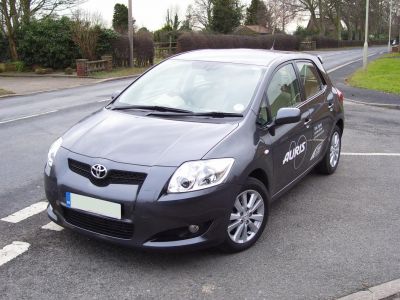
| Model Year: | 2007 |
|---|---|
| Length: | 4220 mm166.1 in |
| Width: | 1760 mm69.3 in |
| Height: | 1515 mm59.6 in |
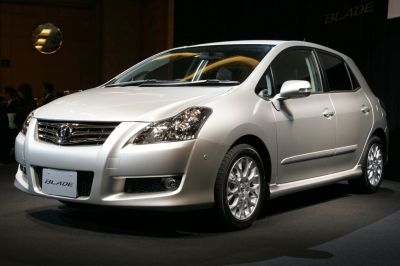
| Production: | 2006-2011 |
|---|---|
| Model Year: | 2007 |
| Length: | 4220 mm166.1 in |
| Width: | 1760 mm69.3 in |
| Height: | 1515 mm59.6 in |
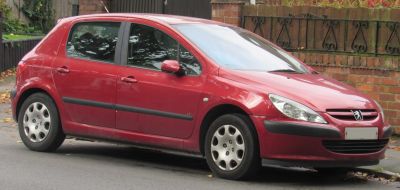
| Production: | 2001-2005 |
|---|---|
| Model Year: | 2001 |
| Length: | 4202 mm165.4 in |
| Width: | 1730 mm68.1 in |
| Height: | 1512 mm59.5 in |

| Production: | 2023-present |
|---|---|
| Model Year: | 2023 |
| Length: | 4264 mm167.9 in |
| Width: | 2070 mm81.5 in |
| Height: | 1564 mm61.6 in |

| Production: | 2019-2023 |
|---|---|
| Model Year: | 2020 |
| Length: | 4261 mm167.8 in |
| Width: | 2070 mm81.5 in |
| Height: | 1568 mm61.7 in |
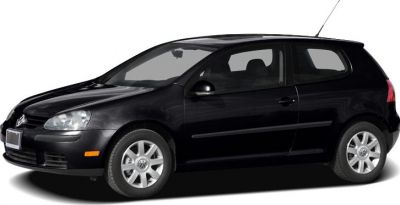
| Production: | 2006-2009 |
|---|---|
| Model Year: | 2006 |
| Length: | 4210 mm165.7 in |
| Width: | 1759 mm69.3 in |
| Height: | 1479 mm58.2 in |
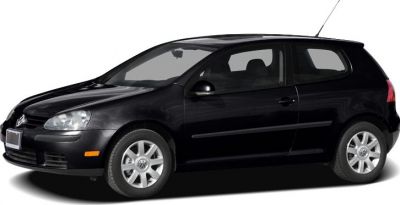
| Production: | 2006-2009 |
|---|---|
| Model Year: | 2006 |
| Length: | 4210 mm165.7 in |
| Width: | 1759 mm69.3 in |
| Height: | 1479 mm58.2 in |

| Model Year: | 2022 |
|---|---|
| Length: | 4200 mm165.4 in |
| Width: | 2055 mm80.9 in |
| Height: | 1505 mm59.3 in |
